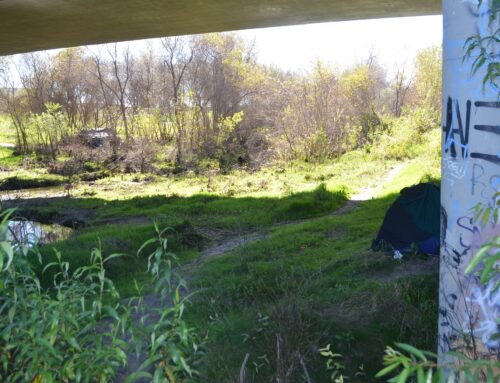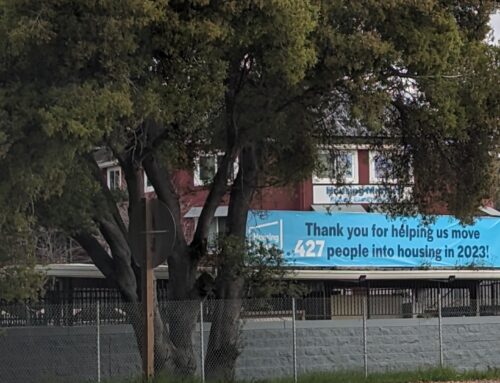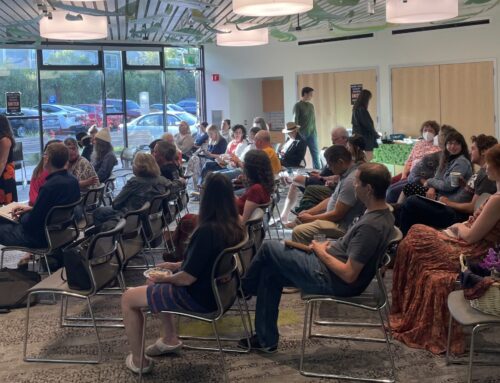
Santa Cruz County supervisors on Tuesday agreed to apply for a $10 million state grant to help convert the former Jaye’s Timberlane resort in Ben Lomond into permanent supportive housing for veterans. (Montalvo Homes & Estates)
SANTA CRUZ >> Santa Cruz County supervisors on Tuesday agreed to apply for a $10 million state grant to house homeless veterans, they approved $5 million toward the acquisition of Watsonville Community Hospital and they scuttled a Live Oak coastal parking program.
During a busy supervisors meeting Tuesday, county leaders also said they plan next week to launch online dashboards to track the Sheriff’s Office and county planning department.
Heather Rogers, Santa Cruz County’s new public defender, also gave an update on the county’s transition from a private law firm to a county-operated Santa Cruz County Public Defender that is due in July.
Skip to a section:
- Housing for homeless planned in Ben Lomond, Soquel, Watsonville
- Online dashboards due for Sheriff’s Office, county planning department
- Public defender transition on track for July
- Watsonville Community Hospital acquisition money approved
- Live Oak coast parking program eliminated
Housing for homeless planned in Ben Lomond, Soquel, Watsonville
Santa Cruz County supervisors on Tuesday voted unanimously to apply for three state Project Homekey grants to help fund three prospective housing projects for the unhoused. Project Homekey is a $1.45 billion state funding program for the development of permanent housing for unhoused people. Supervisors on Jan. 11 approved a fourth application for a fourth project for the unhoused at 801 River St. in Santa Cruz.
- Veterans Village in Ben Lomond: A permanent supportive housing project of up to 20 units for veterans is planned at 8705 Highway 9. The roughly 6-acre site was Jaye’s Timberlane resort with a four-bedroom house and 10 cabins with kitchens and bathrooms. Supervisors on Tuesday agreed to let county staff submit a joint application for up to $10 million with the Santa Cruz County Veterans Memorial Building Board of Trustees to help fund the project’s development. About $500,000 also was raised from residents from the project with support from the Santa Cruz County Community Foundation and Santa Cruz County Bank, said Santa Cruz County Supervisor Manu Koenig. “Hopefully this is the first of a community-driven model to help people recover from homelessness and we’ll see many more in our county in the years to come,” Koenig said at Tuesday’s meeting. Stoney Brook, a retired Santa Cruz County sheriff’s deputy who has helped lead the project, said the property’s purchase is expected to close escrow Feb. 11. Drug and alcohol rehabilitation, case management and other services are expected on the site.
- 2838 Park Ave. in Soquel: A three-story permanent supportive housing project of up to 35 units is planned on a vacant commercial lot near Highway 1. County staff were allowed Tuesday to submit a joint application for up to $13.5 million with an affiliate of Novin Development. The total project cost is estimated at $26 million, according to a county staff report.
- 1620 W. Beach St. in Watsonville: Los Angeles-based real estate firm Shangri-La Development Inc. wants to buy the 94-unit Rodeway Inn and convert it to permanent supportive housing for people who are homeless or at risk of being homeless. County staff would submit a joint application with Shangri-La for up to $39 million in state money. The total project cost is estimated at $32 million.
- 801 River St., Santa Cruz: An application for a Project Homekey grant has been submitted for five one-bedroom apartments and two studios for chronically homeless people with disabilities, said Dr. Robert Ratner, director of the county’s Housing for Health Department, at the supervisors’ Jan. 11 meeting. It is across the street from the Housing Matters shelter and homeless service center on Coral Street. The Santa Cruz-based nonprofit Housing Matters has city approval for those “deeply affordable” rentals at the property, Ratner said.
Santa Cruz Local’s news is free. We believe that high-quality local news is crucial to democracy. We depend on locals like you to make a meaningful contribution so everyone can access our news. Learn about membership.
Online dashboards for Sheriff’s Office, county planning department
County staff on Tuesday showed drafts of online data visualizations due to launch next week for the Sheriff’s Office and the county’s Planning Department.
Sheriff Jim Hart said data would be charted for things like property crime, violent crime and other figures already published as tables on a Sheriff’s Office website. New automated charts will help identify crime trends, Hart said.
Other charts are expected to show data on things like the race or ethnicity of drivers stopped by sheriff’s deputies. A chart displayed at Tuesday’s meeting showed more than 30% of Hispanic and Latino drivers were stopped, compared with about 34% of the county’s population that identifies as Hispanic or Latino. “We can also look at this data over time to better see trends and identify where we might want to adjust our training,” Hart said at Tuesday’s meeting.
Separately, an online data dashboard is expected from the county’s Planning Department. It could show the number of permits issued for housing and other projects in the past 12 months, as well as the median turnaround time.
Several supervisors said they appreciated the new dashboards’ transparency. Supervisor Ryan Coonerty said he hoped a future dashboard could help track the county’s carbon emissions. Supervisor Zach Friend essentially said he hoped that department staff would use the data to improve services and service times.
Supervisor Manu Koenig said the dashboards could help improve management of public services.
“You don’t know if you’re moving the needle unless you have a needle,” Koenig said.
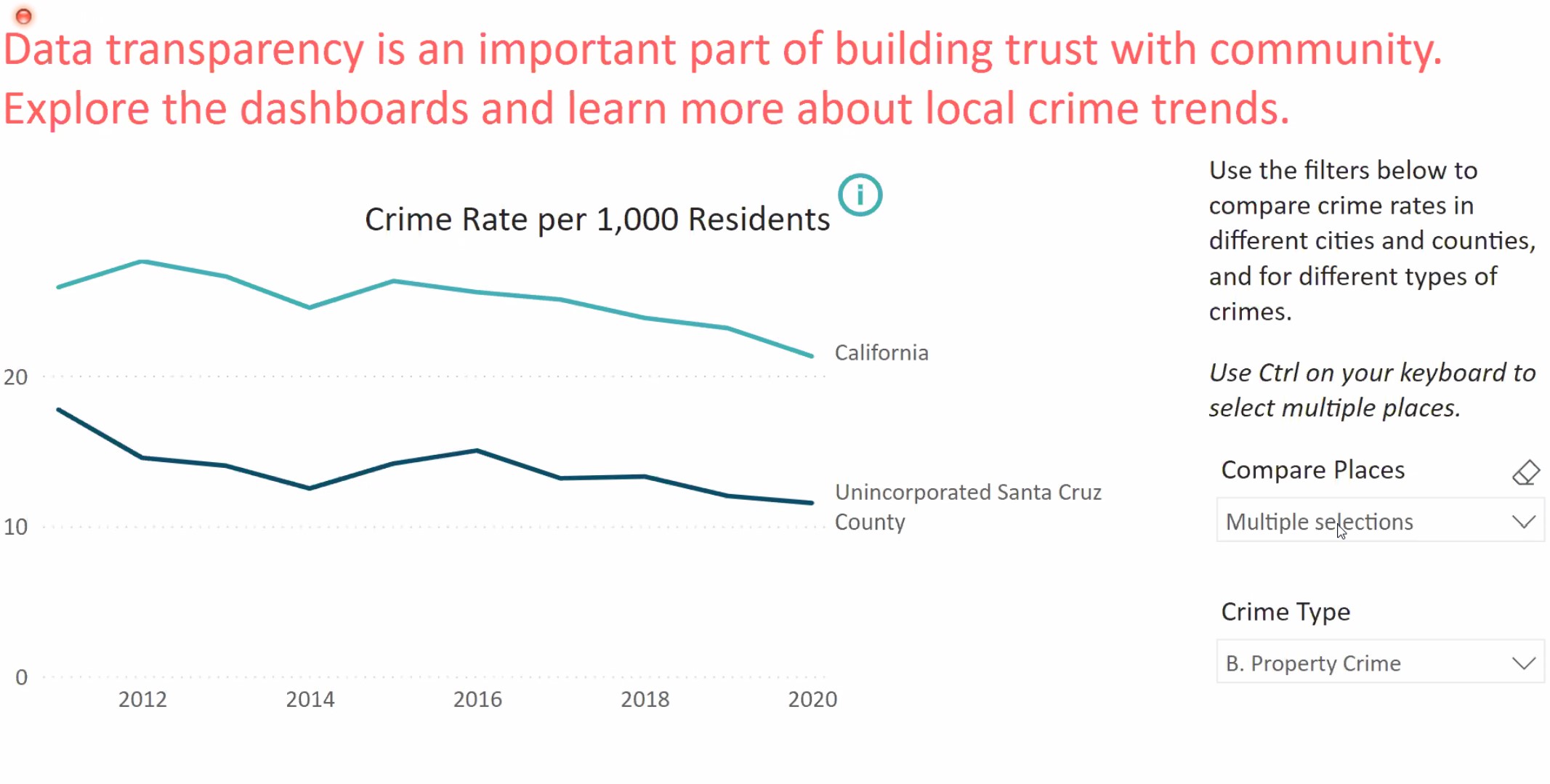
Sheriff Jim Hart on Tuesday showed a preview of part of an online dashboard that will help track data on crime and deputies’ work. The dashboard is set to launch next week. (County of Santa Cruz screenshot)
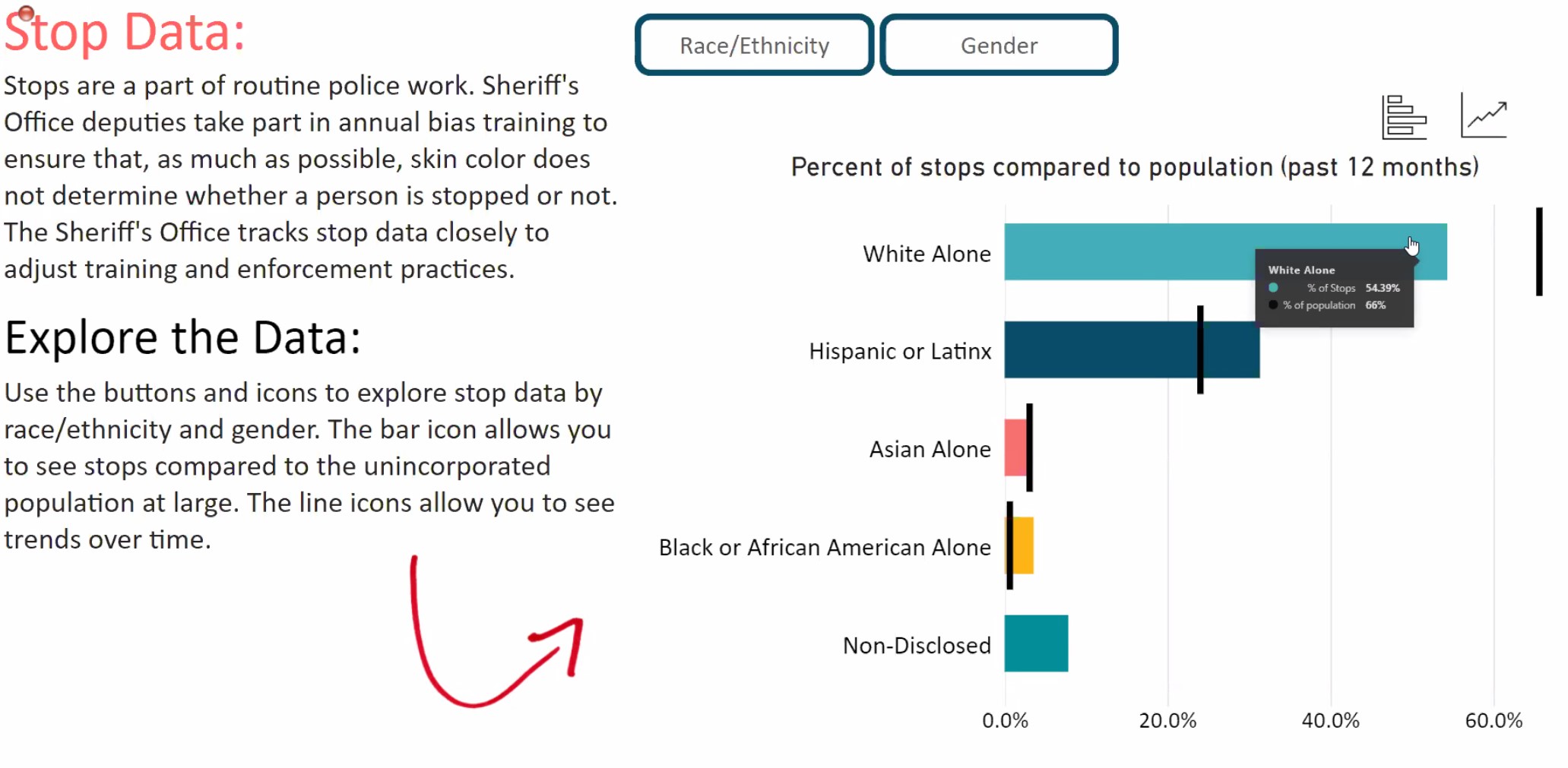
A preview of part of an online dashboard shows data on the race and ethnicity of drivers stopped by Santa Cruz County sheriff’s deputies. (County of Santa Cruz screenshot)
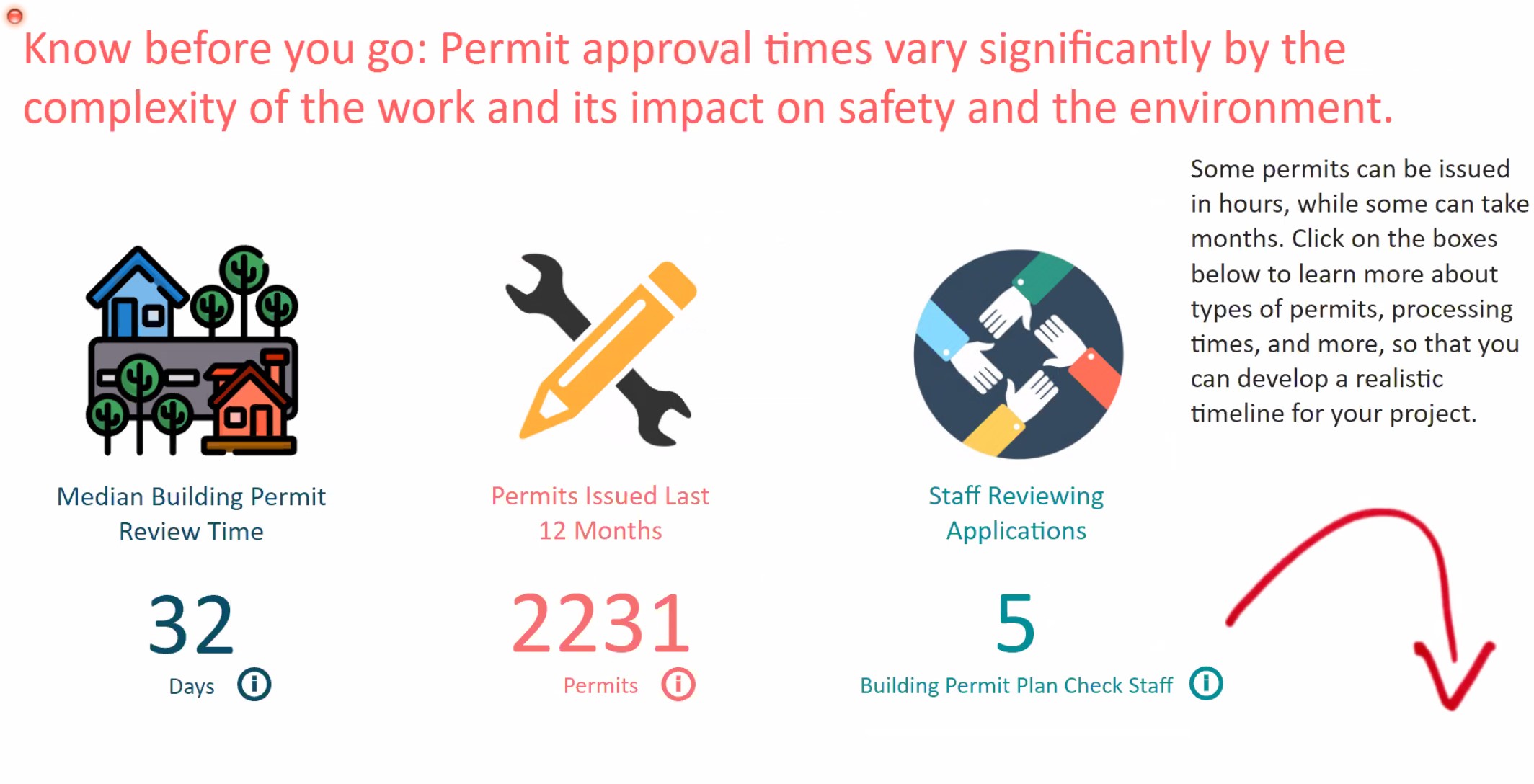
County planning staff showed a mockup of an online dashboard that tracks permit times in the county. Staff said the figures here are preliminary. (County of Santa Cruz screenshot)
Public defender transition on track for July
As Santa Cruz County transitions from a private law firm as the county’s public defender to a county-run public defender, leaders said many attorneys have been hired by the county and the hope is to hire all of them by the transition’s completion July 1.
Santa Cruz County Public Defender Heather Rogers told county supervisors on Tuesday that the county public defender also is hiring new investigators and support staff. Defendants are expected to keep their court-appointed attorneys during the transition, Rogers said.
County leaders have discussed a transition since 2020. Although supervisors and others have said the law firm of Biggam, Christensen and Minsloff and other firms have performed well as the contracted public defenders in Santa Cruz County for years, Santa Cruz and other counties have moved toward county-employee public defenders to improve accountability and transparency. Contracted public defenders in other places have not adequately represented clients in part because they have a financial incentive to cut costs, consultants have said.
“This is a historic moment for Santa Cruz County as we work together to open our first public defense agency,” Rogers said Tuesday. “It’s our vision to lead the charge in transforming public defense to empower those we serve by honoring their experiences, amplifying their voices, and offering real solutions to the root causes of (justice) system involvement.”
Watsonville Community Hospital acquisition
Supervisors on Tuesday approved that the county spend $5 million toward the acquisition and operation of Watsonville Community Hospital if the Pajaro Valley Healthcare District Project is the successful bidder for public ownership of the hospital. A judge is expected to open bids on Feb. 17, according to a county staff report. The hospital’s price is not yet clear.
- The Pajaro Valley Healthcare District Project aims to create a new health care district to acquire and operate the 106-bed Watsonville Community Hospital. A majority stake of its ownership is now controlled by Australian hedge fund Macquarie Asset Management. County leaders have said that the hospital’s administration has changed 21 times in the past 20 years.
- Supervisors on Tuesday praised the planned acquisition of the hospital. Supervisor Zach Friend said the hospital provides “absolutely necessary services to people, in particular those on MediCal in the South County.”
- Supervisor Bruce McPherson said, “Without this hospital, our other regional providers would be absolutely overwhelmed.”
- The supervisors in 2021 authorized $500,000 to contribute to an “analysis of the feasibility of forming a healthcare district for the express purpose of purchasing Watsonville Community Hospital,” wrote Dana McRae, interim director of the Health Services Agency, in a county staff report.
- Watsonville Community Hospital is expected to continue services during the potential sale. A sale likely would be completed through Chapter 11 bankruptcy reorganization.
Live Oak coast parking program eliminated
County supervisors on Tuesday voted unanimously to eliminate a 40-year coastal parking permit program that was paused last year amid debate. A second reading to officially kill the program is set for the supervisors’ Feb. 1 meeting.
- The program was intended to reduce parking problems from Memorial Day to Labor Day near Live Oak beaches, and give access for visitors and residents.
- The program was suspended by the supervisors in April after residents and California Coastal Commission said it was unnecessary. A Coastal Commission letter stated that the program violated the California Coastal Act, limited coastal access and had fees too high for visitors.
- Matt Machado, the county’s director of public works, essentially said at Tuesday’s meeting that the permit program lacked community support.
- Supervisor Manu Koenig, who represents Live Oak, said that deputies’ summer enforcement of scofflaws like blocked driveways has been more effective than permits in solving parking problems. He said the permits could be revived with a new law if things change.
Stephen Baxter is a co-founder and editor of Santa Cruz Local. He covers Santa Cruz County government.


